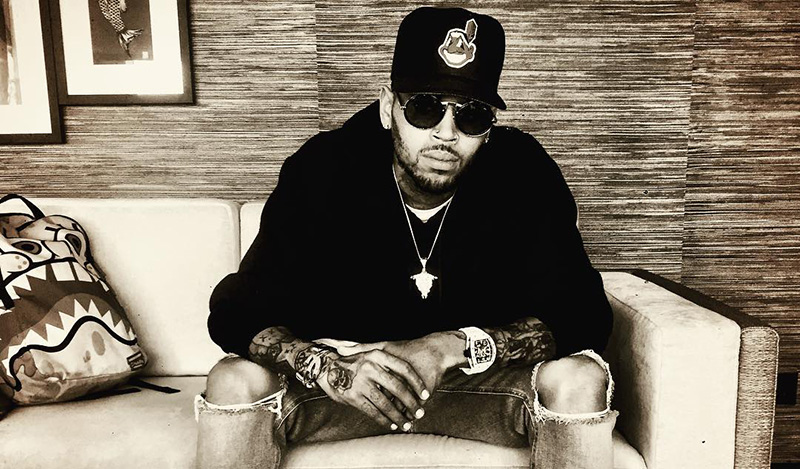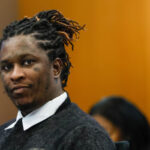Five years ago Sunday, the water rushed in, the lights went out and for thousands of Gulf Coast residents nothing was ever the same.
The milestone was marked by vigils, tears and reflection on what was, what came after, what still remains to be done and what, if anything, we have learned from Hurricane Katrina.
A number of events were planned in New Orleans, Louisiana, and elsewhere to commemorate the anniversary of the landfall of Katrina, the costliest and one of the five deadliest storms ever to strike the United States.
President Barack Obama visited New Orleans on Sunday and spoke at Xavier University of Louisiana, where he said that the construction of a fortified levee system to protect the city is under way.
“We should not be playing Russian roulette every hurricane season,” he said.
Obama also vowed that reforms are being put into place “so that never again in America is somebody left behind in a disaster because they’re living with a disability or because they’re elderly or because they’re infirm. That will not happen again.”
The hard-hit parishes of Plaquemines and St. Bernard were holding commemorative community events, and a third commemoration was planned in New Orleans’ Jackson Square.
Katrina left more than 1,800 dead in its wake. It slammed into the Gulf Coast near the Louisiana-Mississippi state line early on August 29, 2005. Most of the dead were in and around New Orleans, where more than three-quarters of the city flooded after its protective levees failed. Nearly 300,000 people were displaced.
After the storm, “We were a city that had no people in it,” Ray Nagin, who was mayor of New Orleans when Katrina struck.
“Now, we’re a city that has over 80 percent of its population back. Lowest unemployment in the country. Construction everywhere. I think we’re on our way to success,” Nagin told CNN’s Don Lemon as the storm’s anniversary approached.

![Da Brat Marries Judy Dupart on 2.22.22 [PHOTOS]](https://hiphopucit.com/wp-content/uploads/2022/02/1645669184565-440x264.jpeg)
![Drake Reveals Photos of His Son Adonis [Photos]](https://hiphopucit.com/wp-content/uploads/2020/03/Drake-and-on-Adonis-HHUCIT.jpg)

![Megan Thee Stallion – “BOA” [NEW VIDEO]](https://hiphopucit.com/wp-content/uploads/2024/05/Megan_Thee_Stallion___BOA__Official_Video__1_12_screenshot-440x264.jpg)
![Doechii Feat. JT – “Alter Ego” [NEW VIDEO]](https://hiphopucit.com/wp-content/uploads/2024/05/Screenshot-of-Doechii-and-JTs-Al-440x264.png)
![Young Thug Feat. Drake Drop – “Oh U Went” [NEW VIDEO]](https://hiphopucit.com/wp-content/uploads/2023/07/Young-Thug-and-Drake-1014x570-1-440x264.png)


![Remembering “9/11” Ten Years Later [FLICKZ]](https://hiphopucit.com/wp-content/themes/Extra/images/post-format-thumb-text.svg)




